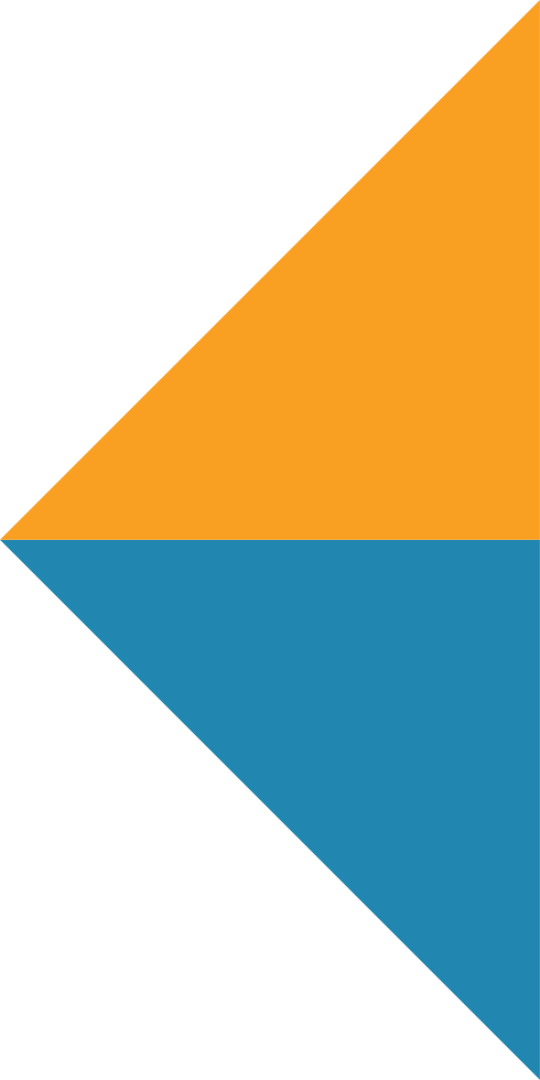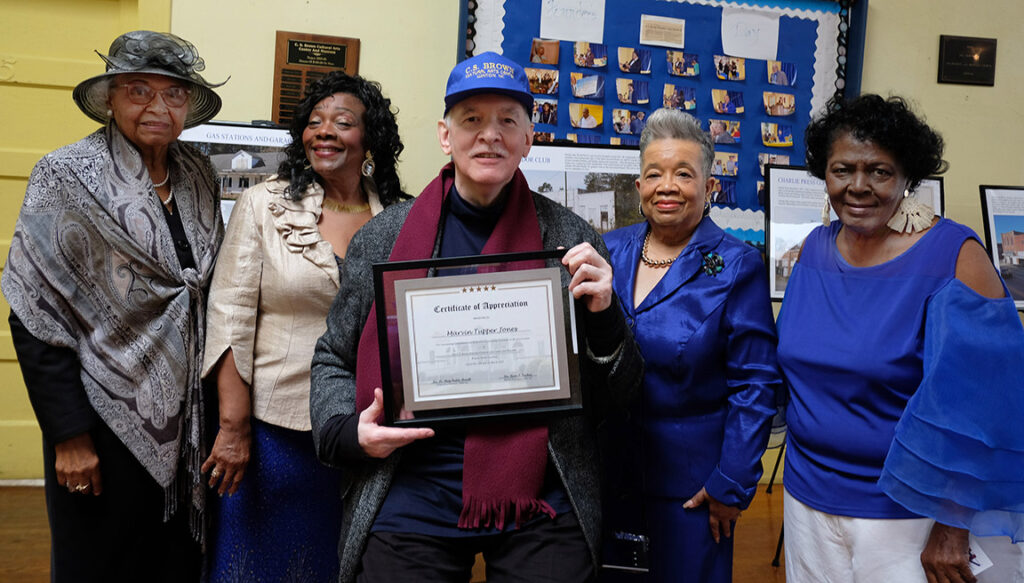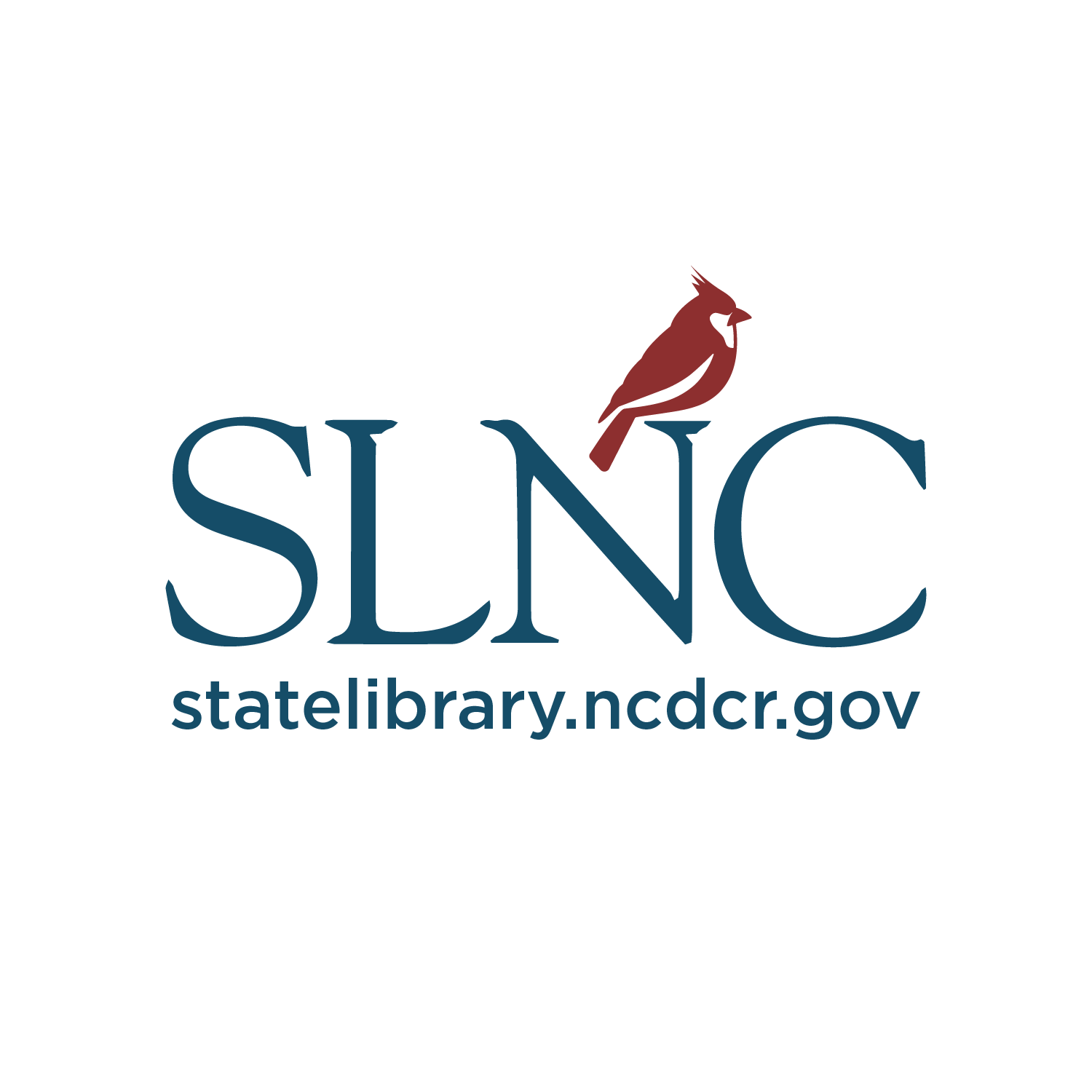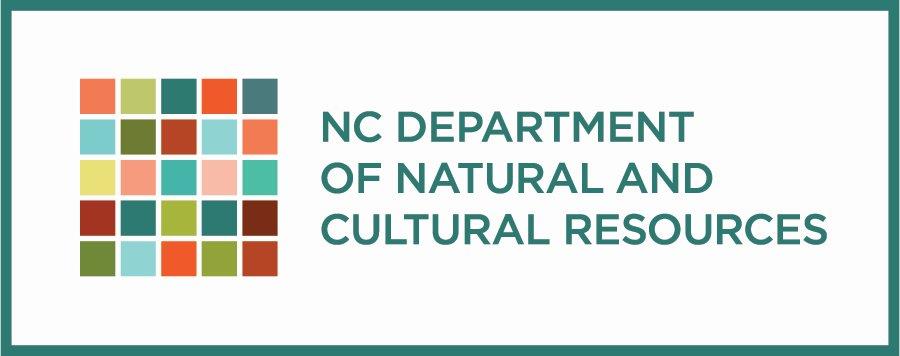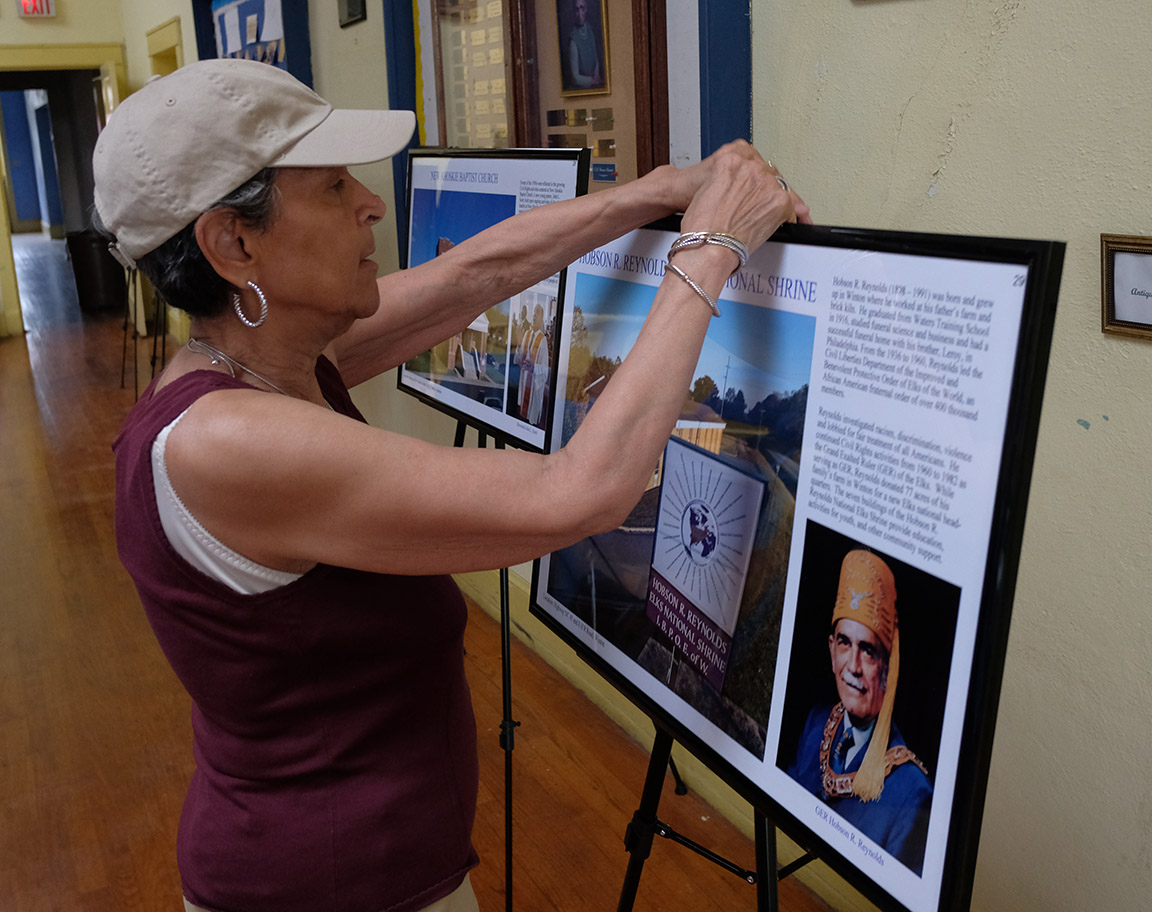 The Chowan (cho-WAHHN) River flows between the Virginia-North Carolina border, where it meets the Albemarle Sound and, eventually, the Atlantic Ocean. The river flows through such small towns as Winton and Colerain. Just as the geography of the river is unique, so is the diversity of people that live along it.
The Chowan (cho-WAHHN) River flows between the Virginia-North Carolina border, where it meets the Albemarle Sound and, eventually, the Atlantic Ocean. The river flows through such small towns as Winton and Colerain. Just as the geography of the river is unique, so is the diversity of people that live along it.
Local nonprofit, the Chowan Discovery Group, takes its name from the Chowan River. Their mission: to research, document, preserve and present the history of Hertford County and the Winton Triangle (made up of the towns of Winton, Cofield, and Ahoskie).
In 2022, Chowan Discovery Group received a Large Grant from North Carolina Humanities to support the creation of a portable exhibit exploring Winton Triangle’s people and buildings entitled “Building a Mixed Race Community – the People, Building and Sites of the Winton Triangle”. The exhibit was designed to highlight the area as a multi-generation, mixed-race, landowning community. The exhibit showcases stories of Winton Triangle’s people and their ties to significant buildings and sites in the community including schools, churches, shops, funeral homes, farms, and more.
We connected with Marvin Tupper Jones, Director of the Chowan Discovery Group and career documentary photographer, to learn more about the exhibit and why documenting and celebrating where we came from is important.

Tell us about the exhibit, “Building a Mixed Race Community – the People, Building and Sites of the Winton Triangle”.
Marvin: Chowan Discovery Group wants to teach the community about itself, and to others beyond it. Not only did we curate this exhibit, but we also have 10 historical markers, we give lectures, we’ve done a stage production, and we’ve conducted building preservation projects. This 30-panel exhibit showcases every decade from 1850 to 1970 and addresses religion, war, politics, education, business, family, and more. I began this exhibit by researching community events and scanning photographs from people’s collections and my family’s collections. Each panel has a main photograph and various supporting images and text. This exhibit is one of our best storytelling products so far. I want to thank North Carolina Humanities for helping Chowan Discovery Group produce this exhibit.
 What makes the Winton Triangle area unique in terms of being a “mixed race community”?
What makes the Winton Triangle area unique in terms of being a “mixed race community”?
Marvin: For me, our history starts in 1584, when the English first came to North Carolina. The English came to Hertford County in 1586, and in the century that followed, interactions between Chowanoke (Choanoac) Indians, Meherrin Indians, English, Africans, and others, would produce the mixed-race ancestry of today’s Winton Triangle people. I’m descended from the people that the English met. We are free. We are a mixed-race people of landowners. Because of this unique mixed-race identity, many of our families have been owning land since at least 1741, which was unusual in slaveholding states. My family has a fourth-generation farm here. To have a multi-generational farm, my family had to be multi-skilled. My ancestors needed to navigate social issues like Jim Crow and still thrive. I wanted this exhibit to show what we as a community of mixed-race people built. I find it unique that this rural area was home to three African American-owned funeral homes, a fairground and annual country fair, 54 two-story houses that we built for ourselves, and so much more. I wanted to uplift and celebrate those people that many never knew about before. For example, many of our community members served in the Civil War, which helped expand freedoms in America. In researching this exhibit, I even went to the National Archives to get a better idea of our Civil War involvement. I just found so many stories of accomplishment, and I’ve been honored to tie them all together in this exhibit.
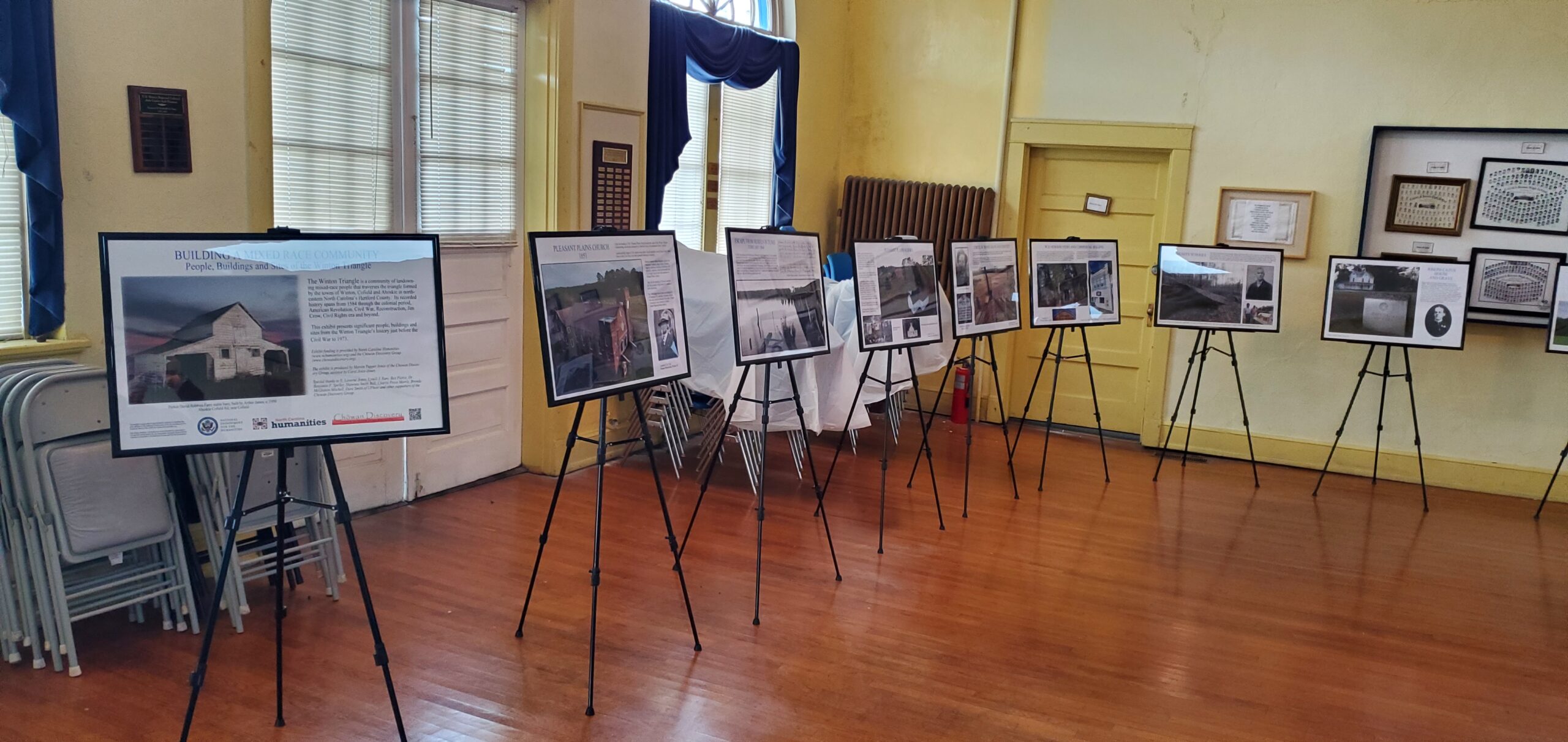 Can you tell us about a particular panel that is of interest to you?
Can you tell us about a particular panel that is of interest to you?
Marvin: One panel details the C.S. Brown Auditorium located in one of our greatest institutions, Calvin Scott Brown School. The school was founded in 1886, when you had to leave home to go to high school. At that time, you could only really go to Shaw University in Raleigh or Hampton University in Hampton, Virginia. Because of that, our community leaders formed the organization needed to create a high school. The school still exists 137 years later. The auditorium building, built in 1926, has seen thousands of students graduate across its stage. Many speakers have visited as well. I remember one speaker, Hobson Reynolds, who was the leader of a fraternal organization of almost a half a million people, who graduated from the school. I was impressed when he spoke there in 1966 after leading the organization in marching for civil rights in 1963, a very crucial year in civil rights history. The building connects us with so many other people too, like the physicians and local leaders who graduated from the school as well as people who didn’t graduate but attended and still made a mark, nonetheless. From the buildings we’ve featured in the exhibit come many different stories.
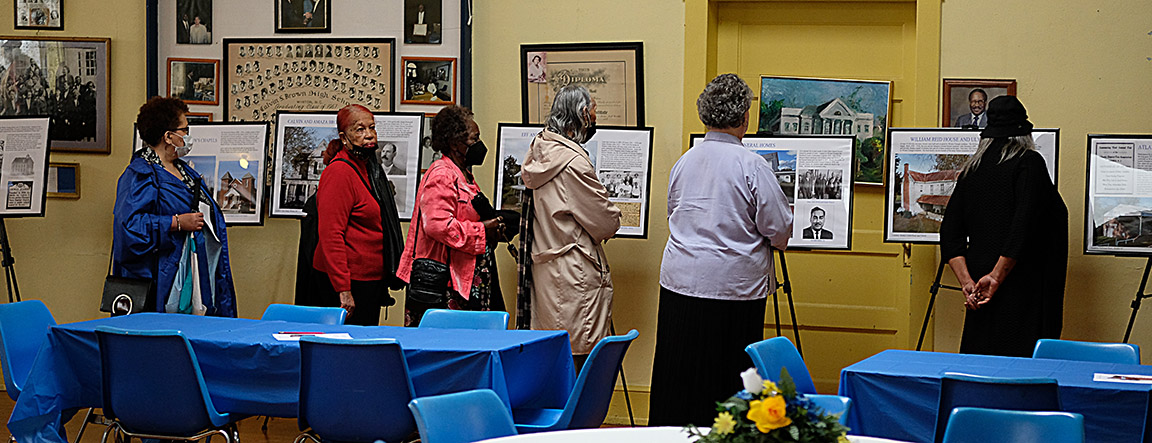 Why is documenting our history and telling stories of our ancestors important?
Why is documenting our history and telling stories of our ancestors important?
Marvin: Humans have a lot of curiosity. We gain knowledge and abilities by exploring our curiosities, then taking what we learn and building on it. We want to make available new information and information that has been forgotten. Chowan Discovery may not be able to change the economy here, but we can add value to our community by telling our stories of accomplishment. America always needs to be in a more fix-and-build mentality. That includes relationships, not just the tangible things, but relationships as well.
What’s next for Chowan Discovery Group?
Marvin: We always want to expand our audience. Plus, we’re looking for new venues outside of Hertford County to host the exhibit next year and beyond. I’d like to see it featured at colleges, museums, and other venues so more people can see it and learn about our remarkable community. The exhibit will also be available digitally later this year, so visit our website: https://www.chowandiscovery.org/.
How can people support Chowan Discovery Group?
Marvin: Keep abreast of our work – host us to tell our story, and match us with new partners and learn about our remarkable community. We are currently raising money to replace the last two of the remaining old columns of the C.S. Brown Auditorium, one of the largest of the 5300+ Rosenwald school buildings, to finish the Greek Revival portico. Donations can be made at https://www.chowandiscovery.org/preservation.
About North Carolina Humanities’ Grantee Spotlights: NC Humanities’ Grantee Spotlights shine a light on the incredible work of our grantee partners, offering details about their funded project, and feature a Q&A with a team member(s) associated with the organization.
Photo Credit: Marvin Tupper Jones
This interview has been edited for length and clarity.

